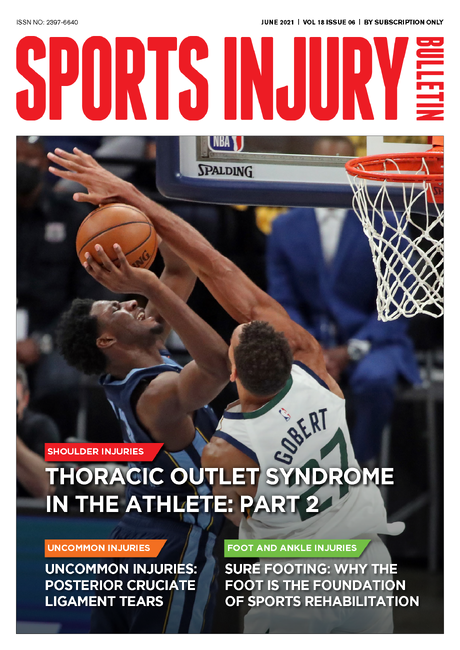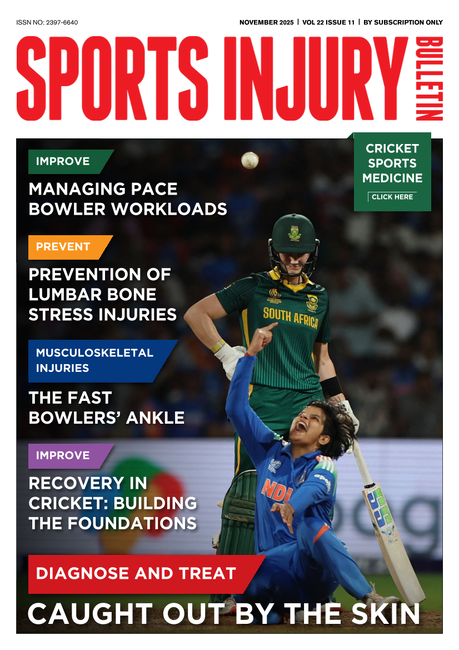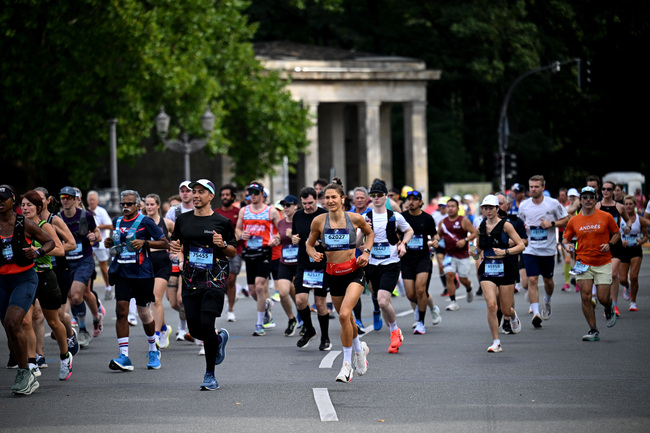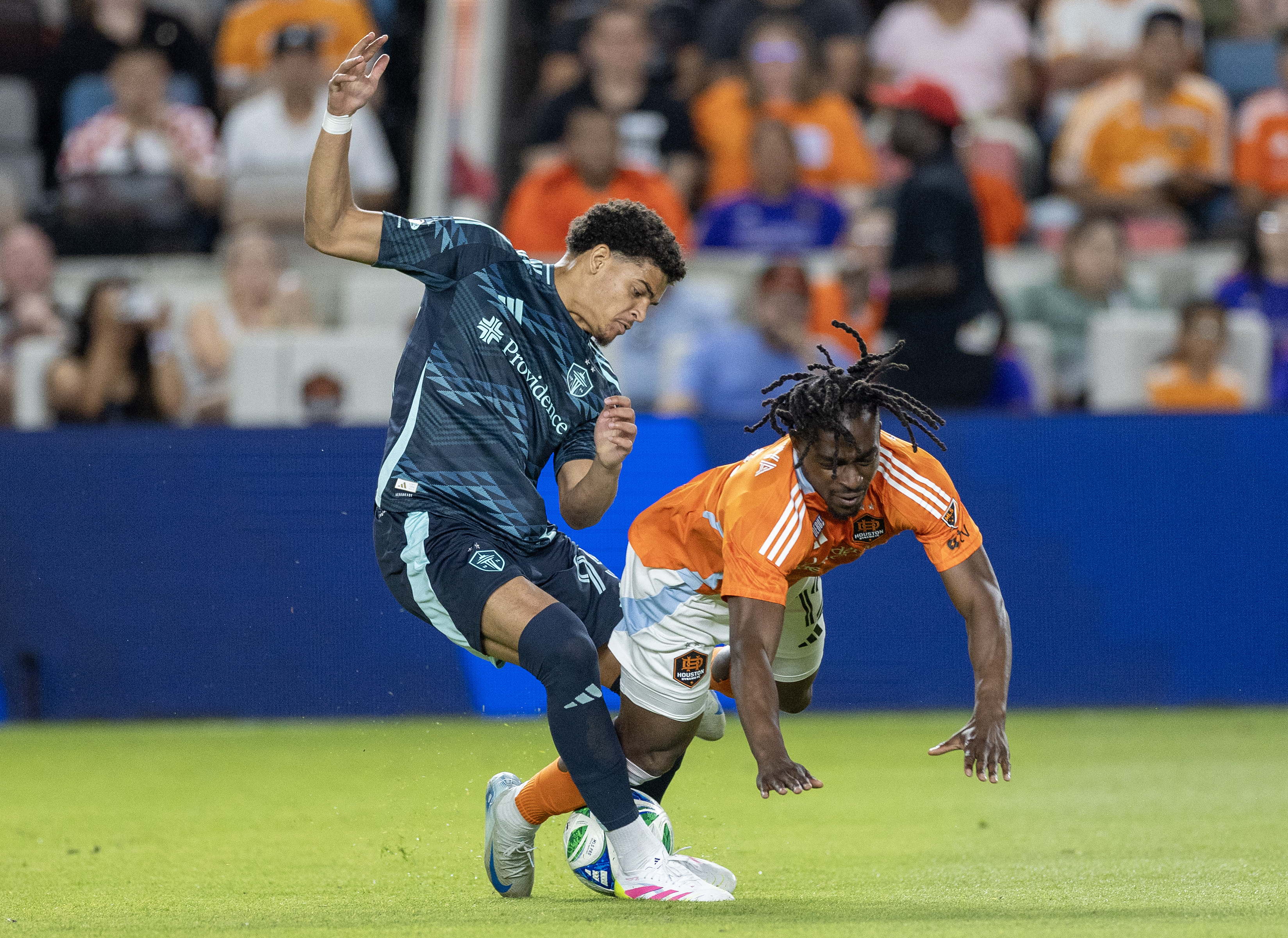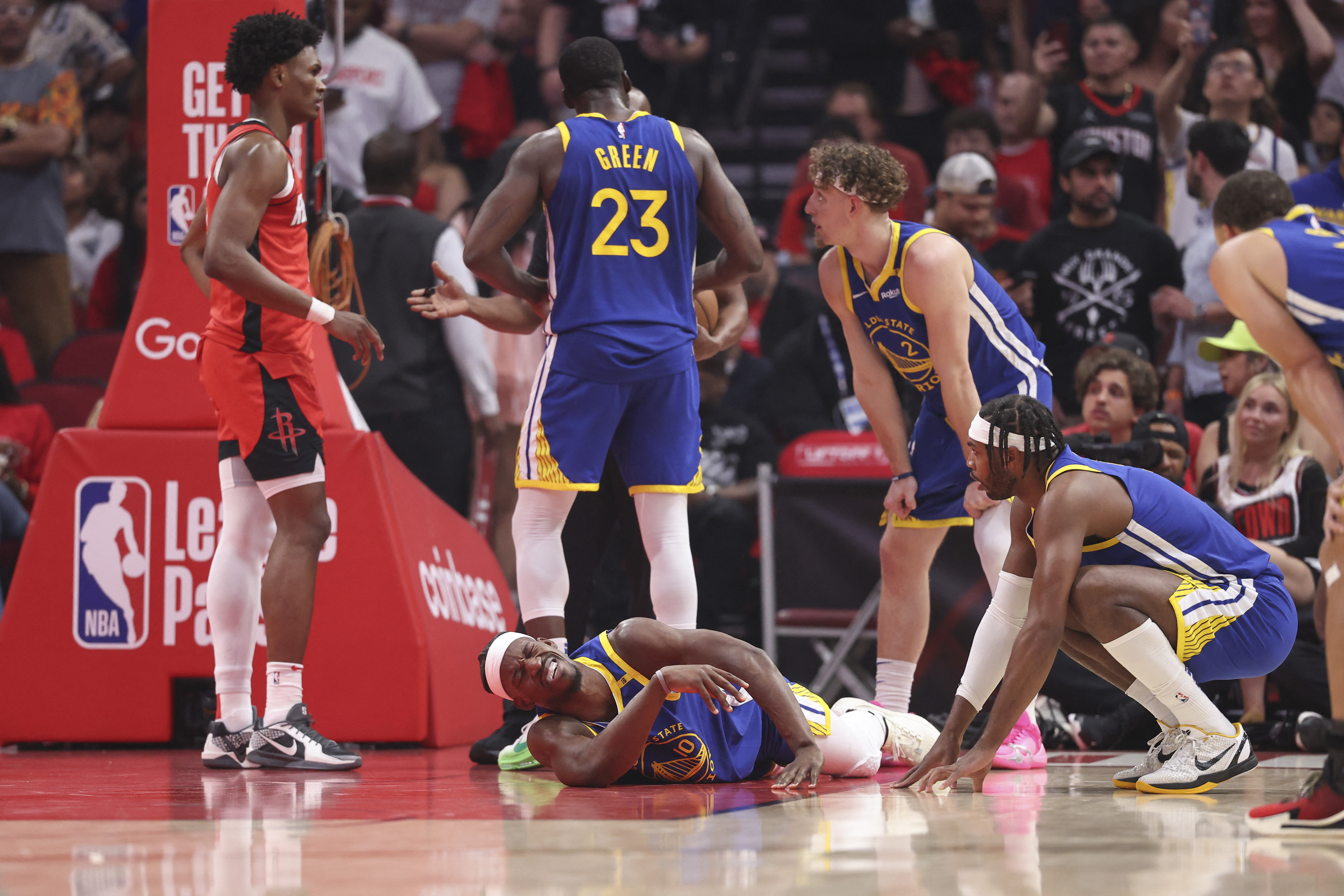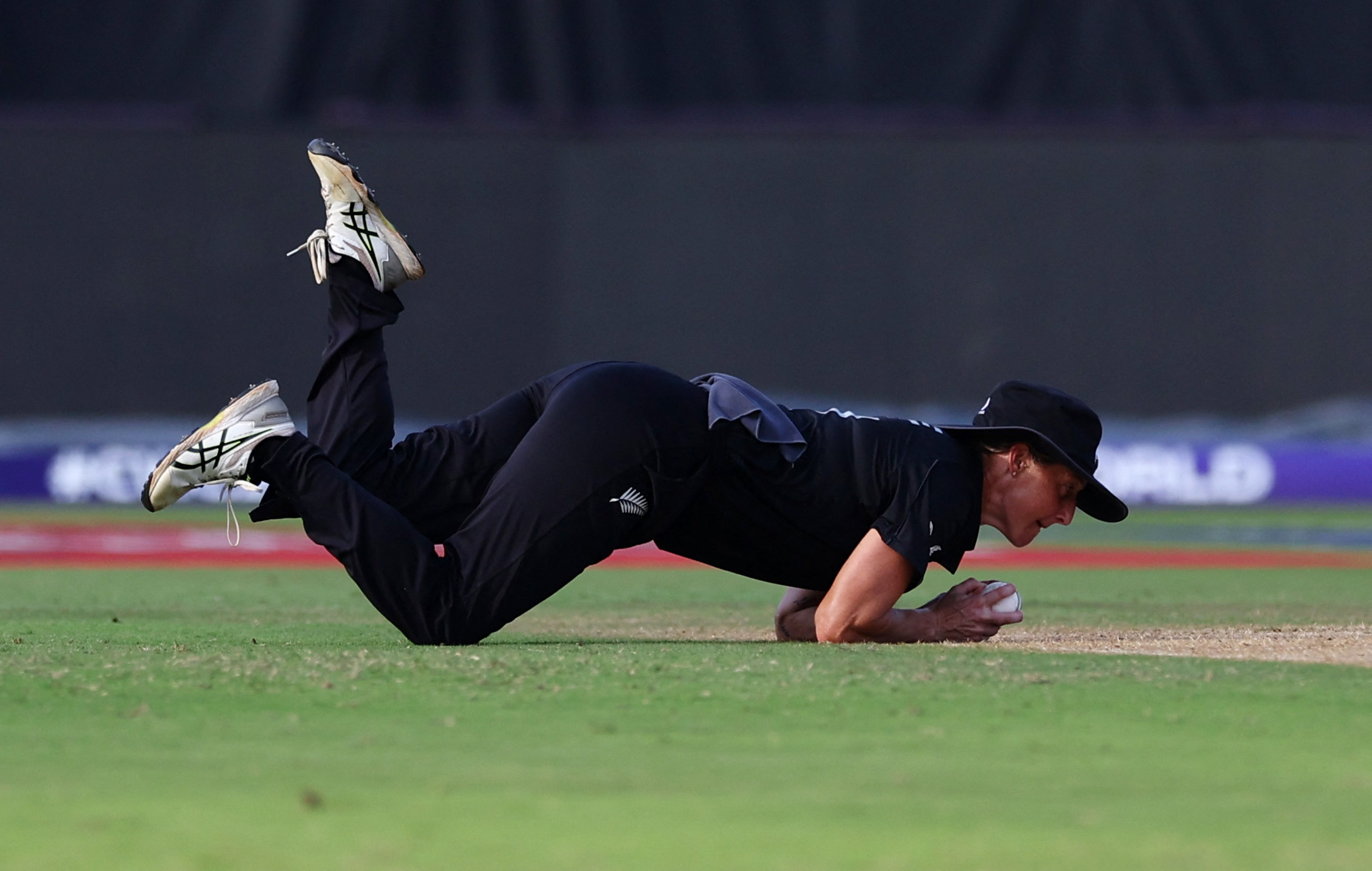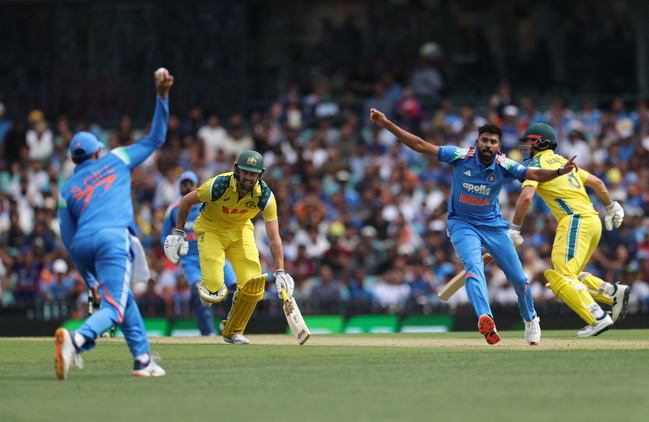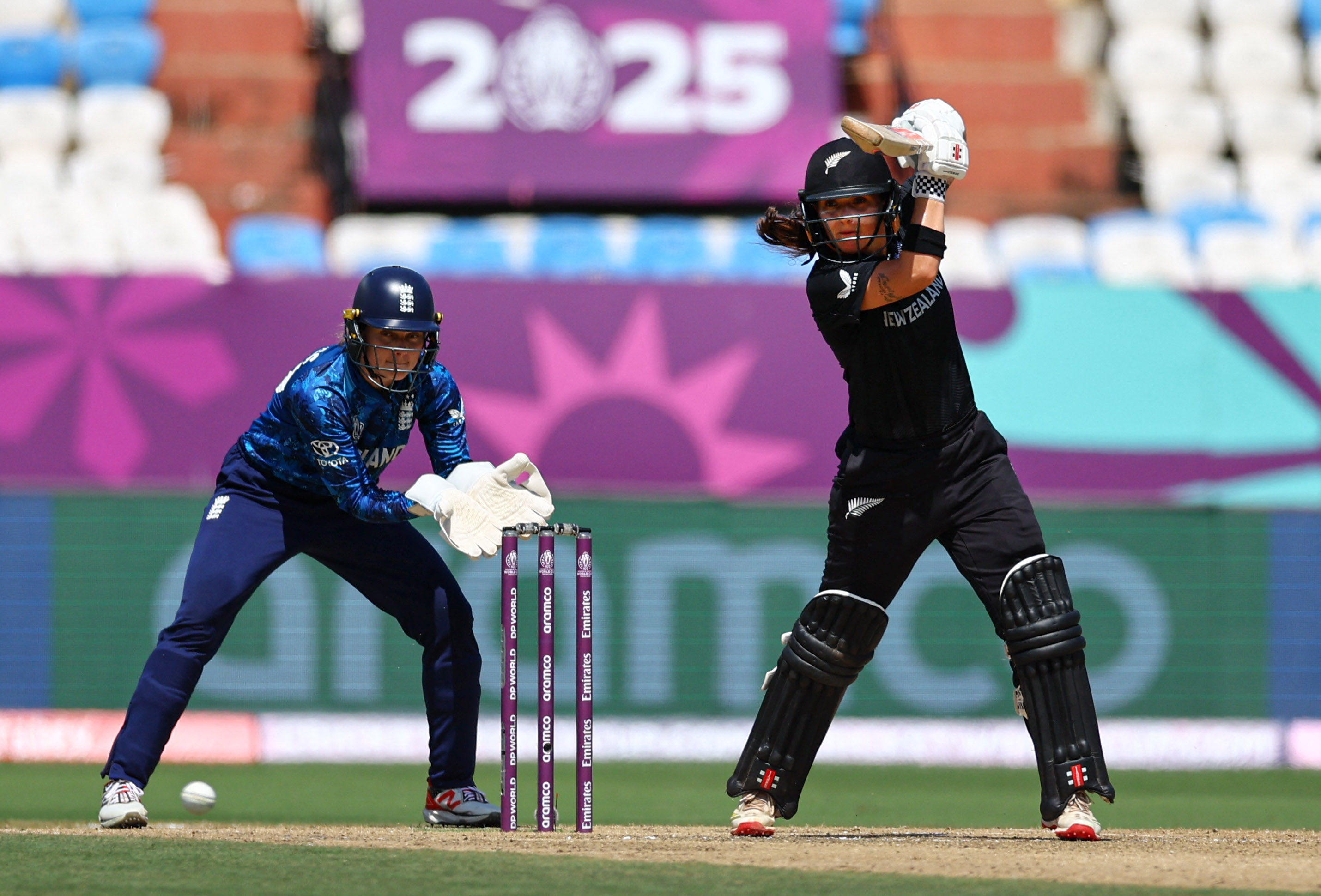Elbow Injuries in Cricket
Elbow injuries in cricket are relatively under-recognized compared to other throwing-related sports. Ben Langley discusses how batting, bowling, and fielding place different demands on the elbow and paves a way forward for practitioners.
Shaun Tait of Essex Mandatory Credit: Action Images / Andrew Boyers
Elbow injuries in cricket are relatively under-recognized compared to other throwing-related sports, such as baseball(1). The majority are non-time-loss in nature, but there appears to be a growing incidence, particularly among elite male players. Many elbow issues in cricket are not related to throwing and broadly affect batters, bowlers, and fielders differently due to distinct mechanisms.
Batting
High gripping workloads (i.e., batting) are the primary injury mechanism in batting. The top hand typically sustains the greatest load in controlling the bat and is usually most affected. The most common presentation is lateral elbow tendinopathy, which involves the Common Extensor Origin and is more prevalent in male than female players(2).
Lateral elbow tendinopathy diagnosis
- Lateral epicondyle tenderness.
- Pain on resisted wrist/finger extension.
- Reduced grip strength.
Tendon overload occurs through combinations of intensity and volume. The modern format of T20 has seen the innovation of new batting strokes (such as switch hits and reverse sweeps), and these demand unaccustomed movement patterns with high grip forces. Matches in the longer form of the game, Test cricket, can last for five days, and batters typically undertake high volumes of batting in both preparation and competition.
Clinicians often describe tendinopathic pain as ‘self-limiting’; proactive strategies are critical. They must consider individualized workload management, especially in training, and explore the volume of specific strokes. The player should consider any recent changes in bat weight and handle size/shape. Forearm muscle strengthening and stretching/release, and off-loading braces/taping may alleviate symptoms.
Corticosteroid injections don’t correlate with better long-term outcomes, and Platelet-Rich Plasma is the preferred intervention if necessary, while surgery is reserved for recalcitrant cases(3,4). Ultimately, the player may require a block of time away from the competitive game to rehabilitate the injury and gain control of their symptoms effectively.
Throwing
The growth of T20 franchise competitions has increased the demand for powerful, accurate throws across all fielding positions. Poor throwing performance is not tolerated, so there are demands on players to improve. Importantly, inconsistent throwing workloads, characterized by sudden volumes and intensity changes, are a major risk factor for injury.
Commonly, players present with performance-limiting issues, including general soreness and reduced throwing distance and power. More severe injuries of the ulnar collateral ligament (“pitcher’s elbow” in baseball) are rare in cricket. Throwing-related shoulder issues are far more common than elbow issues in females(5).
Management should prioritize regular, progressive throwing loads and technical monitoring, requiring collaboration between medical and coaching staff. A ‘throwing arm screen’, which includes recent workload, pain assessment, shoulder range of motion, and strength testing, can help to guide programming during franchise competition.
You need to be logged in to continue reading.
Please register for limited access or take a 30-day risk-free trial of Sports Injury Bulletin to experience the full benefits of a subscription. TAKE A RISK-FREE TRIAL
TAKE A RISK-FREE TRIAL
Newsletter Sign Up
Subscriber Testimonials
Dr. Alexandra Fandetti-Robin, Back & Body Chiropractic
Elspeth Cowell MSCh DpodM SRCh HCPC reg
William Hunter, Nuffield Health
Newsletter Sign Up
Coaches Testimonials
Dr. Alexandra Fandetti-Robin, Back & Body Chiropractic
Elspeth Cowell MSCh DpodM SRCh HCPC reg
William Hunter, Nuffield Health
Be at the leading edge of sports injury management
Our international team of qualified experts (see above) spend hours poring over scores of technical journals and medical papers that even the most interested professionals don't have time to read.
For 17 years, we've helped hard-working physiotherapists and sports professionals like you, overwhelmed by the vast amount of new research, bring science to their treatment. Sports Injury Bulletin is the ideal resource for practitioners too busy to cull through all the monthly journals to find meaningful and applicable studies.
*includes 3 coaching manuals
Get Inspired
All the latest techniques and approaches
Sports Injury Bulletin brings together a worldwide panel of experts – including physiotherapists, doctors, researchers and sports scientists. Together we deliver everything you need to help your clients avoid – or recover as quickly as possible from – injuries.
We strip away the scientific jargon and deliver you easy-to-follow training exercises, nutrition tips, psychological strategies and recovery programmes and exercises in plain English.

